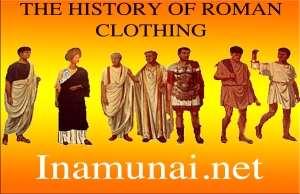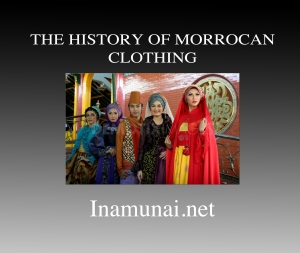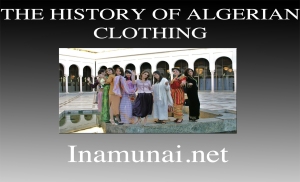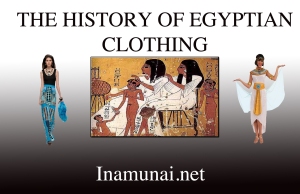 Although Roman clothing has its origin in Greece, it has a distinct form of its own. The Romans used wool, linen, silk and cotton in their fashionable clothing. The use of wool and linen was very common. Wool was produced in Southern Italy or imported because of the high demand for it in Rome. The quality of material varied according to the social status of the wearer.
Although Roman clothing has its origin in Greece, it has a distinct form of its own. The Romans used wool, linen, silk and cotton in their fashionable clothing. The use of wool and linen was very common. Wool was produced in Southern Italy or imported because of the high demand for it in Rome. The quality of material varied according to the social status of the wearer.
The finest Roman linen came from Egypt. The texture of the linen was soft and its look was almost transparent. Cotton was not known in Europe until the time of Alexander the Great during his military campaign in the east. Silk first came from China and appeared in a mixture with linen. Garments of pure silk were worn much later, but they were rare and expensive.
The toga was worn by free Roman citizens with the exception of foreigners and exiled offenders. It is a large, blanket-like dress, draped over the body, leaving one arm free, similar to the Ghanaian style of dressing. The vast blanket took the form of a semi-circle when spread out. It spanned between two and half to three meters long and in some cases, it can be as long as five and a half meters long. It is generally worn by wealthy citizens especially senators.
The Romans were status conscious and their clothing reflected this. The outfits were comprised of tunics, trousers, and cloaks. The toga was a distinctive national garment of the Roman male citizen or paterfamilia. Wearing the toga was impractical because of its heavy weight. It was worn mainly for political , business, sacrificial, formal visits to one’s patron(s), and or court appearances.
Romans felt fashion required wearing the correct clothing for the correct occasion. Male clothing was defined as the attire of the head of the household. The puerilia clothing mark an individual as a child and a legal minor. The mullebria clothing outfits characterize a woman, familia outfits represented subordinates in a household, such as slaves. The toga represents Roman civilians in contrast to Roman military men.
The tunic was their standard dress which Romans wore before stepping out. It is full-body attire. It is a basic garment for all Romans, regardless of gender or wealth. In Rome, the wearing of the correct clothing was supposed to reflect good order in the society.



